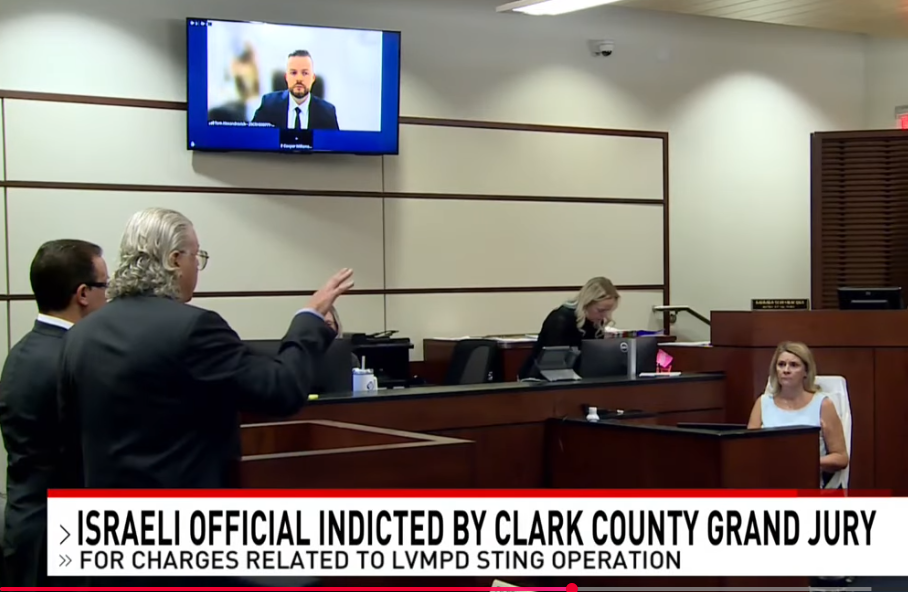*UPDATE!* I used ChatGPT to expose a $5 million estate fraud, get a forensic audit, and uncover 10 years of probate misconduct
How Artificial Intelligence Helped Uncover a $5 Million Estate Fraud and Unravel a Decade of Probate Misconduct
In today’s legal landscape, technology is transforming the way individuals navigate complex court cases—especially when facing allegations of misconduct and systemic corruption. This is a story of resilience, ingenuity, and how leveraging AI tools like ChatGPT empowered a determined family to challenge a convoluted estate case rooted in allegations of fraud, judicial bias, and procedural violations.
A Personal Odyssey into Probate Controversy
The story begins with the death of Richard Ramirez in 2015, whose estate became the center of a legal battle stretching over ten years. Ramirez died unexpectedly in Mexico, and his heirs—three daughters—discovered discrepancies in the official records, suspecting possible foul play and mismanagement. An autopsy was never conducted, no official U.S. death certificate was filed, and within days, Ramirez’s body was cremated by someone claiming to be his spouse without the family’s consent.
What followed was a long, frustrating saga of legal maneuvers, questionable court decisions, and a suspected cover-up. An estate was opened in Hidalgo County, Texas, under the name “Isidro Garza III”—not Ramirez—and without verified proof of death, which according to Texas law, renders the court’s jurisdiction invalid from inception.
The Power of AI in Legal Investigation
Facing this labyrinthine challenge, the family turned to innovative tools—most notably, ChatGPT. While not a substitute for legal counsel, ChatGPT served as a cognitive aid, helping to decode complex docket documents, analyze legal statutes, and craft strategic motions. The process was akin to using a chainsaw—an essential tool—where the user must still do the careful work of chopping down the tree.
The family’s approach involved:
- Docket Analysis: Uploading and reviewing court records to identify irregularities.
- Legal Research: Cross-referencing laws regarding jurisdiction, marriage validity, and foreclosure statutes.
- Document Organization: Creating a structured repository of findings to track claims and inconsistencies.
- Drafting Motions and Writs: Using AI guidance to prepare legal filings for appellate courts.
Throughout this process, meticulous verification was paramount. The family understood that AI could introduce errors—“hallucinations”—and emphasized diligent fact-checking at every stage.
Uncovering Significant Legal Irregularities
The investigation revealed multiple layers of procedural violations:
- **Lack of Jurisdiction














Post Comment